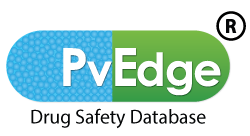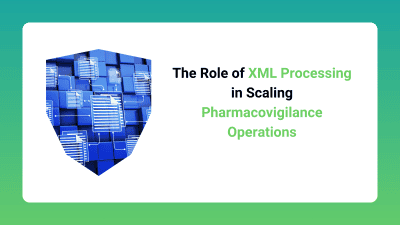Pharmacovigilance has become a data-heavy discipline. With safety reports coming in from multiple markets, languages, and partners, managing that data efficiently is now just as important as analyzing it.
At the core of that data flow? XML files.
Whether it’s a spontaneous adverse event from a healthcare professional or a post-marketing report from a partner company, safety data often arrives as structured XML files—usually in ICH E2B(R2) or the newer E2B(R3) format. How you handle those files can either keep your operation moving or grind it to a halt.
Why XML Matters in Pharmacovigilance
XMLs aren’t just files—they’re standardized containers of critical patient safety data. Each one includes specific fields that match international reporting guidelines, such as:
Reporter information
Suspect product
Reaction/event description
Outcome, seriousness, and more
Health authorities like the EMA, FDA, and PMDA require data to be submitted in these formats to ensure accuracy and consistency. But processing these XMLs manually—opening, reading, validating, converting—is slow and error-prone, especially when volumes spike.
The Bottleneck Is Real
When pharmacovigilance teams receive hundreds of ICSRs in XML format, the pressure builds fast. Each XML must be:
Unzipped
Visually checked
Validated for formatting errors
Converted to internal systems
Categorized and moved into triage
Even small mistakes—like mismatched tags or formatting errors—can stop a case from being imported correctly. Multiply that by hundreds or thousands of reports, and it’s clear why XML handling can quickly become a bottleneck in PV operations.
The Need for Scalable Processing
As safety workloads grow, scalable XML processing becomes non-negotiable. It’s not just about speed—it’s about traceability, compliance, and efficiency. The ability to process, validate, and route high volumes of XMLs accurately is what allows safety teams to focus on what really matters: assessing the risk to patients.
With regulators pushing for faster timelines and electronic submissions across the board, XML handling isn’t just a tech concern—it’s a compliance issue. Poor XML management can delay submissions, trigger audit flags, or worse, cause real patient safety signals to be missed.
Looking Ahead
The future of pharmacovigilance isn’t just about better analytics—it’s about better data flow. And that starts with XML. Whether you’re a pharmaceutical company, CRO, or MAH, investing in streamlined XML handling is a direct investment in your regulatory success.



